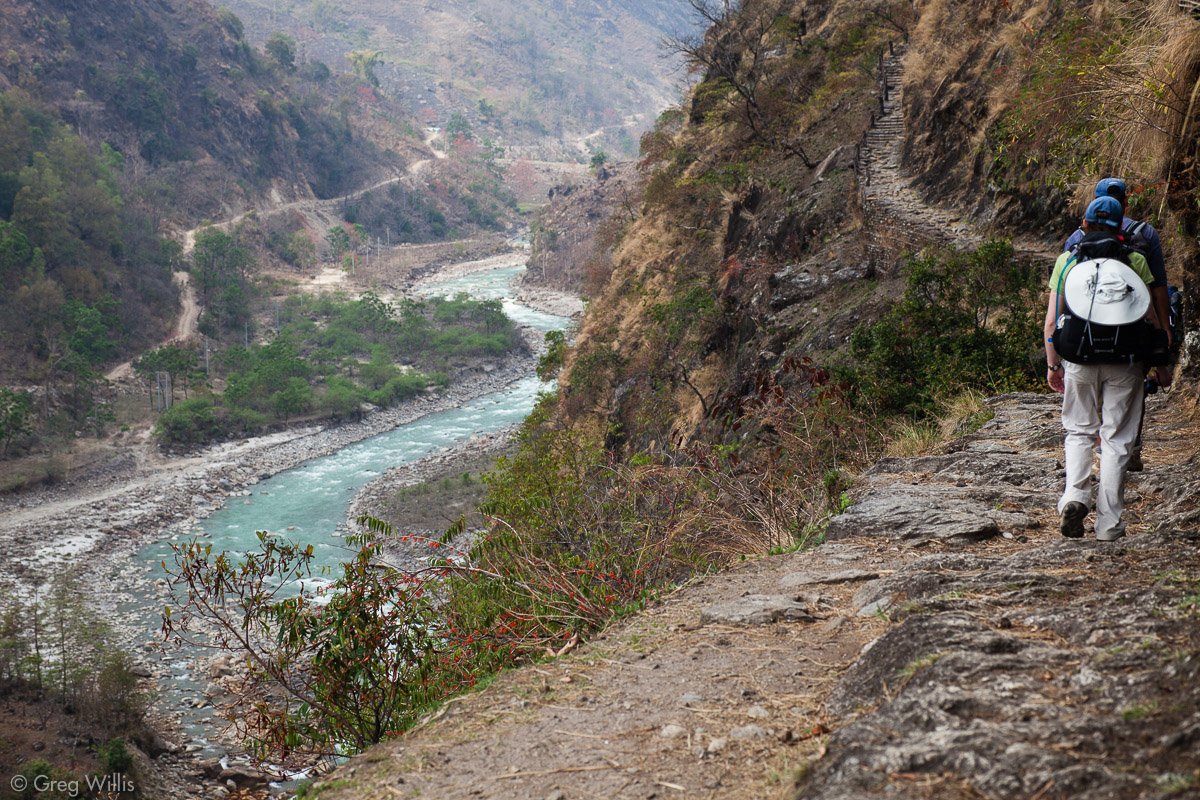By BlogHear News Desk
Published: May 13, 2025
Kathmandu, Nepal – Once known for its breathtaking panoramic views of the Himalayas, Nepal’s capital and surrounding regions are now struggling with severe air pollution that has dramatically reduced visibility—even during peak tourist seasons.
Travelers returning to Kathmandu in hopes of witnessing majestic mountain ranges are increasingly met with disappointment. Persistent haze, primarily caused by air pollution, now blankets the skies during months that traditionally offered the clearest views—spring and autumn.
“I grew up watching the Himalayas from Kathmandu. But during my two-week stay recently, I didn’t see them even once,” said one frequent visitor.
Trekking and Tourism Hit Hard
The tourism sector—vital to Nepal’s economy—is feeling the impact. From iconic spots like Nagarkot to the Annapurna trekking trails, operators say business has dropped significantly.
“I no longer brand the place for ‘sunrise, sunset, and Himalayas’ like I used to,” said Yogendra Shakya, a hotelier in Nagarkot since 1996. “Now I focus on culture and history because we can no longer promise mountain views.”
Trekking guide and tourism pioneer Lucky Chhetri reports a 40% drop in business. “In one case last year, we had to compensate a group of trekkers who couldn’t see the mountains at all,” she said.
International tourists echo the disappointment. “The haze seems to have taken over. It’s extraordinarily disappointing,” said Australian visitor John Carrol, who has traveled to Nepal more than a dozen times since 1986.
Scientists: Pollution and Climate Change Driving Haze
Experts link the worsening haze to a mix of industrial emissions, construction dust, forest fires, and climate change-induced dry seasons.
According to Dr. Someshwor Das of the South Asia Meteorological Association, “Haze and dust storms are increasing across South Asia, and this trend will likely continue due to climate change.”
In 2024, Pokhara airport—a key hub for tourists—recorded 168 hazy days, up from just 23 in 2020, according to Nepal’s Department of Hydrology and Meteorology.
Haze forms from pollutants such as smoke and dust, reducing visibility to under 5,000 meters. It now persists longer due to extended dry seasons, which in the past were broken by regular rainfall.
A Regional Problem
Across the Himalayas—spanning India, Nepal, and Pakistan—locals and business owners are reporting similar challenges. In India’s Uttarakhand state, community tourism leader Malika Virdi said haze returns faster than before, staying for longer periods due to infrequent rain. In Pakistan, residents of Gilgit and Peshawar also report fewer sightings of mountains once visible year-round.
Despite the grim trend, many tourists remain hopeful and return for multiple attempts. But tourism operators worry that, in the long run, haze may redefine expectations for Himalayan travel.
“A View That Only Exists in Postcards”
Experts now believe that the Himalayas may be the most affected mountain range globally, owing to their proximity to densely populated and heavily polluted areas.
For tourism professionals like Lucky Chhetri, this reality is heartbreaking. “We are left to do business with guilt when we can’t show our clients the mountains they came to see. And there’s nothing we can do about the haze.”
Looking Ahead
With the region’s air pollution showing no signs of slowing, there is growing pressure on South Asian governments to take coordinated action. However, until meaningful solutions are implemented, the once-reliable sight of snow-capped peaks from Kathmandu may remain a fading memory.
For more climate and travel news from South Asia, follow BlogHear.com – where stories matter.




